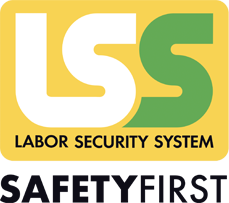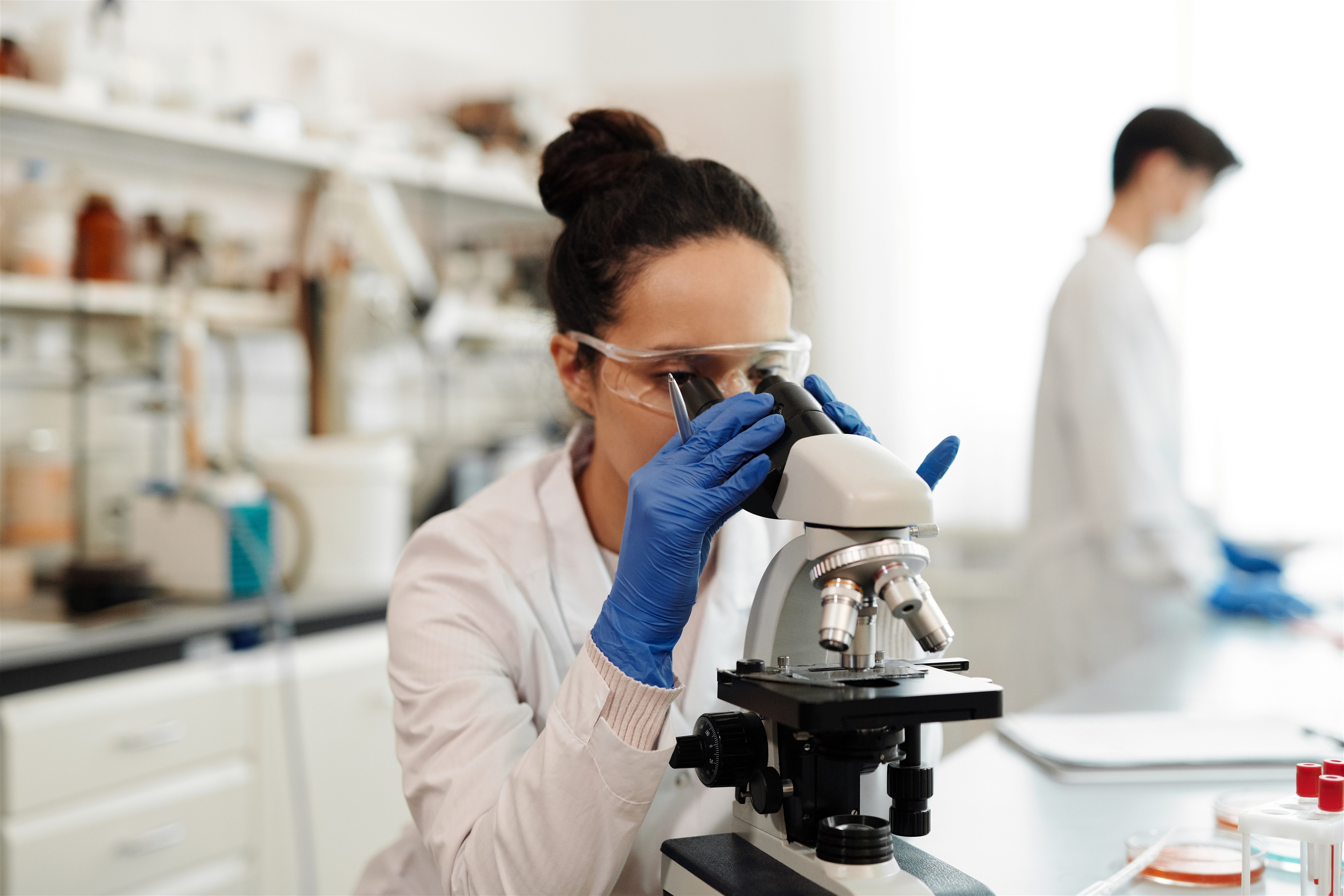Research laboratory layout: designing an efficient and safe space
Advance planning of laboratories can provide an ideal platform for an efficient and safe working environment for research teams.
Proceeding carefully and correctly from the outset will enable specialists to juggle their profession with more peace of mind.
Here are some tips that may come in handy when planning the layout.
Planned routes
Among the most widespread fears among those attending the workshops is that of interference from visitors and outsiders. While it is important for those who wish to invest or are candidates for the activity in question to have an overview of the workshop, their presence cannot get in the way of the team already working there. The solution to the search for a balance between different needs can be found through the creation of special visitor routes: an option that is not always considered for a workshop, but which can safeguard against interruptions or prying eyes.
Efficient storage
In order to avoid tiresome searches every time one needs to find certain reagents, materials or chemicals, it is imperative that everything inside the laboratory is scrupulously labelled and correctly stored in the dedicated areas. As this is a team effort, it is preferable to have several cabinets rather than a single unit: ideally, one should be placed near each workstation, so that at least the most frequently used products are easily accessible. This good practice helps to significantly increase the safety level of the environment in question, especially in the presence of volatile substances.
Greater flexibility
The dynamism of technology and science inherently imposes a rapid obsolescence of techniques and methods. Therefore, it is necessary to think of spaces that are not immutable, but which retain adaptability over the years: if the red thread is compliance with legal requirements, it is desirable to remain flexible in order to revise the laboratory layout in good time. Equipping oneself with multi-purpose tools from the outset, rather than phase-specific ones, is advice in that direction.
Good vibes
Working in a positive environment helps to feel good and increase productivity.
There are a few things that can help create such an environment: sunlight levels, furniture, limited noise pollution and appropriate allocation between personal and shared spaces are factors that, according to studies by the University of Salford, can make a difference.
Green is liked and is good for you
It is no longer conceivable not to consider the environmental impact of buildings at a time when the planet is presenting us with a hefty bill to pay. Designing eco-friendly laboratories with green spaces is good for the people who work in them and for the Earth, as well as being looked upon favourably by potential financiers who are increasingly attracted by seeing the green approach being implemented.

